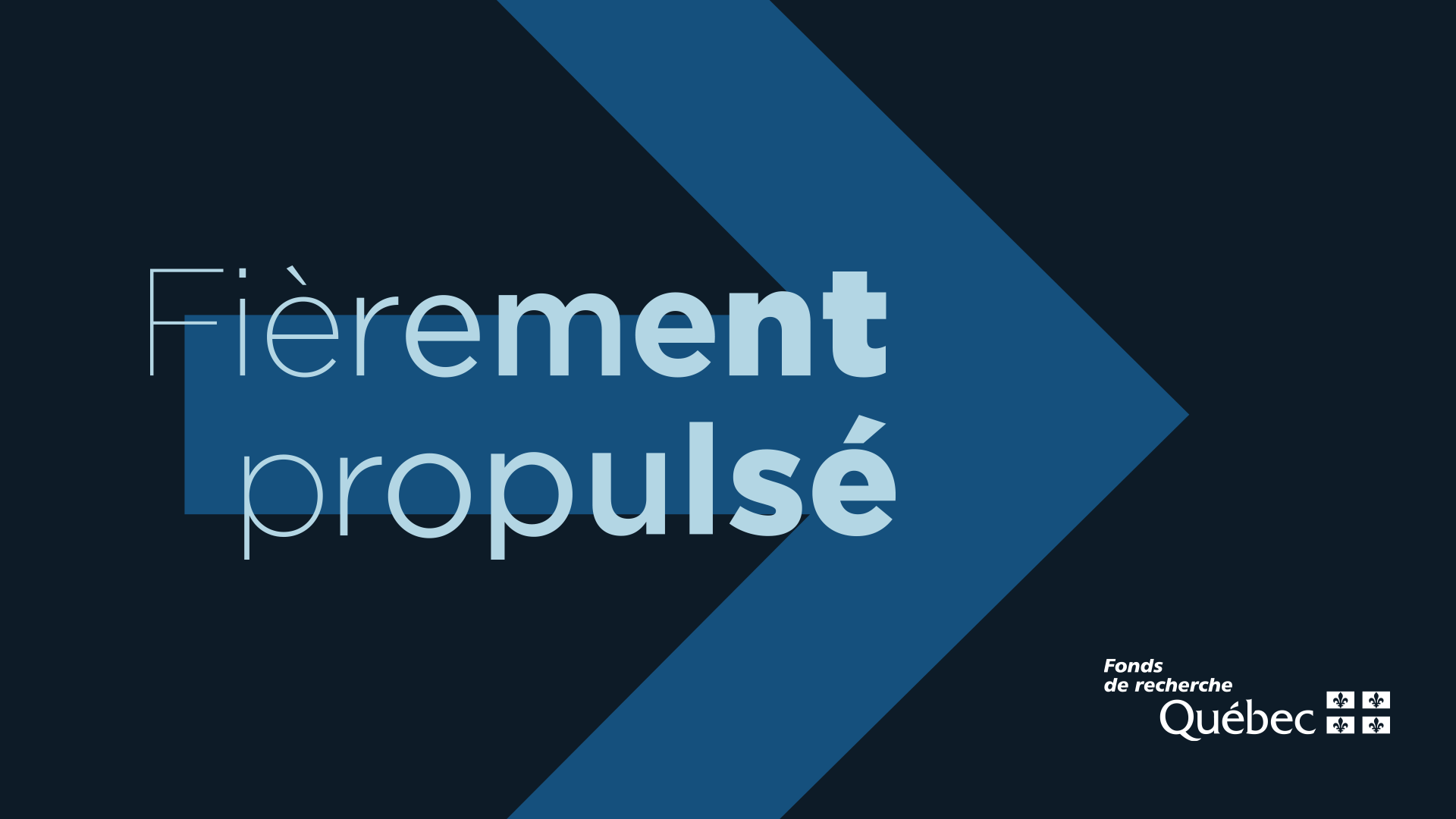Causes for Conscientious Objection in Medical Aid in Dying: A Scoping Review
DOI :
https://doi.org/10.7202/1108007arMots-clés :
Conscientious objection, euthanasia, assisted suicide, Medical aid in dying, MAID, causes, CO, conscienceLangue(s) :
AnglaisRésumé
In the light of current legislation on Medical Aid in Dying ─euthanasia and assisted suicide─ in different countries worldwide, there have been some arguments devoted to the right to conscientious objection for healthcare professionals in these specific practices. The goals of this scoping review are to provide an overview of the motivations and causes that lie behind conscientious objection identified by previous literature according to professionals’ experience and to verify if these motives match with theoretical debates on conscientious objection. As the results show, there seems to be a dissonance between the motivations included in the traditional and mainstream definition of conscientious objection that is used in the theoretical and speculative framework and the actual factors that empirical studies note as reported motivations to object to Medical Aid in Dying. Hence, either we consider new factors to include as causes of “conscience”, or we accept that there are motivations that are not actually applicable to conscientious objection and should be addressed by other means. As conscientious objection in Medical Aid in Dying is multifaceted, we claim from the results that there can be different kinds of motivations acting at the same time. In any case, it is helpful to rebalance theoretical and empirical considerations to fully understand the complexity of the phenomenon and give some insights on how to deal with it.
Téléchargements
Publié
Comment citer
Numéro
Rubrique
Licence
© Rosana Triviño-Caballero, Iris Parra Jounou, Isabel Roldán Gómez, Maria Teresa Lopez de la Vieja 2023

Cette œuvre est sous licence Creative Commons Attribution 4.0 International.
La Revue canadienne de bioéthique applique la Creative Commons Attribution 4.0 International License à toutes ses publications. Les auteurs conserveront leur droit d'auteur sur leur publication et ils pourront, par exemple, réutiliser leur publication, mettre un lien sur leur page d'accueil ou site web institutionnel, ou déposer un fichier PDF dans un dépôt public. Toutefois, les auteurs permettent à quiconque de télécharger, réutiliser, réimprimer, distribuer, ou copier leur publication, tant que les auteurs originaux et les sources sont cités.
















_smaller.png)

